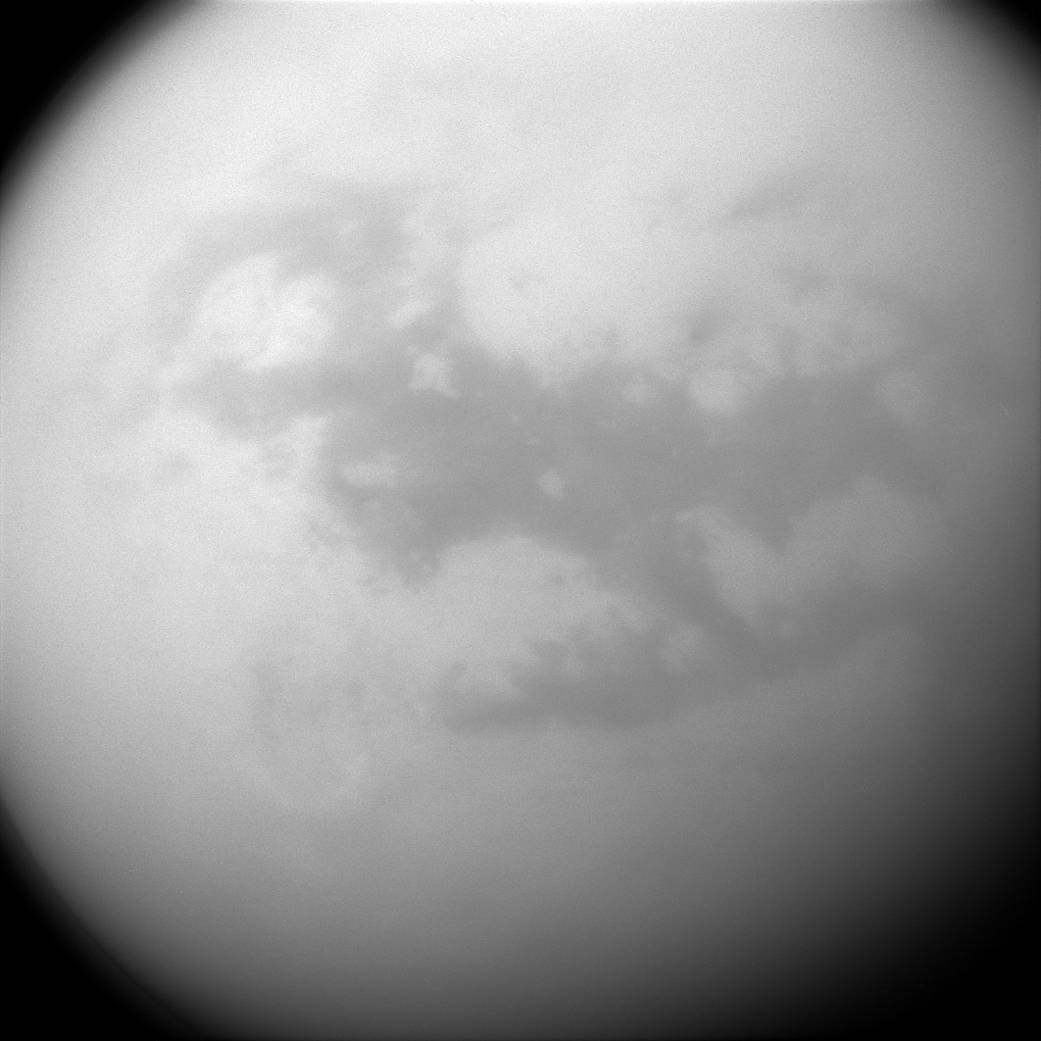Methane dunes found on Titan

NASA scientists found on the largest satellite of Saturn, Titan, dunes of methane. The discovery was made thanks to Cassini, a spacecraft that has been studying Saturn and its surroundings for several years. Titan is similar to Earth in some ways. In addition, as on Earth, there are lakes, rivers, rains. True, raindrops on Titan are not water, but methane and ethane. Lakes, rivers and seas also consist of hydrocarbons. But the surface includes water ice.
Methane dunes were a very interesting object to explore. The wind acts on the dunes as well as on the ground, changing their configuration and moving from place to place.
Two regions with dunes were called Fensal (north of Titan) and Aztlan (south). Both regions are connected by a vertically oriented dune, which forms something like the letter "H". To view this region in more detail, it is worth looking at the photos on this link .
')
The atmosphere of Titan consists mainly of methane, while the atmosphere is very dense. On Earth, there is a water cycle in nature, and on Titan, this cycle includes methane and ethane outputs. Hydrocarbons evaporate, condense, and fall on the surface of Titan already in the form of rain. Well, the dunes are something like carbon snow, onto which a fresh methane breeze works.
Now Cassini is close to completing its mission, and scientists are thinking about the future, planning to develop and launch new projects. One of the most ambitious projects is the launch of a submarine, which will explore methane / ethane lakes and Titan's seas.
A few days ago, Cassini sent photos of Enceladus , taken from a distance of only a few tens of kilometers from this satellite of Saturn. Also, the device went through the emissions of cryotovolcanic planetoid, having studied their composition. A large amount of information about the nature of cryovolcanoes and the composition of emissions is expected soon, but for now you can view a few photos taken by Cassini on this day.
The study of cryovolcano emissions will allow scientists to understand the approximate composition of ocean water. This, in turn, will make it possible to understand whether there is a possibility of the existence of life under Enceladus’s ice crust. Soon, scientists will publish much more information about Enceladus.
Previously, NASA has posted new images of the moons of Saturn, Mimas and Pandora. Although both satellites revolve around the same planet, they are very different. Pandora, which is considered a small moon, because its diameter is only 81 kilometers has an irregular elongated shape. Mimas, with a diameter of 396 kilometers, is already considered a medium-sized satellite. Its shape is correct, thanks to a greater mass than Pandora.
The shape of these bodies helps to understand the history and development of satellites. For example, the explanation for the elongated form of Pandora may be the low density of the substance composing the planetoid. Perhaps Pandora was formed from particles of the ring of Saturn, joined together for one reason or another.
Source: https://habr.com/ru/post/366939/
All Articles